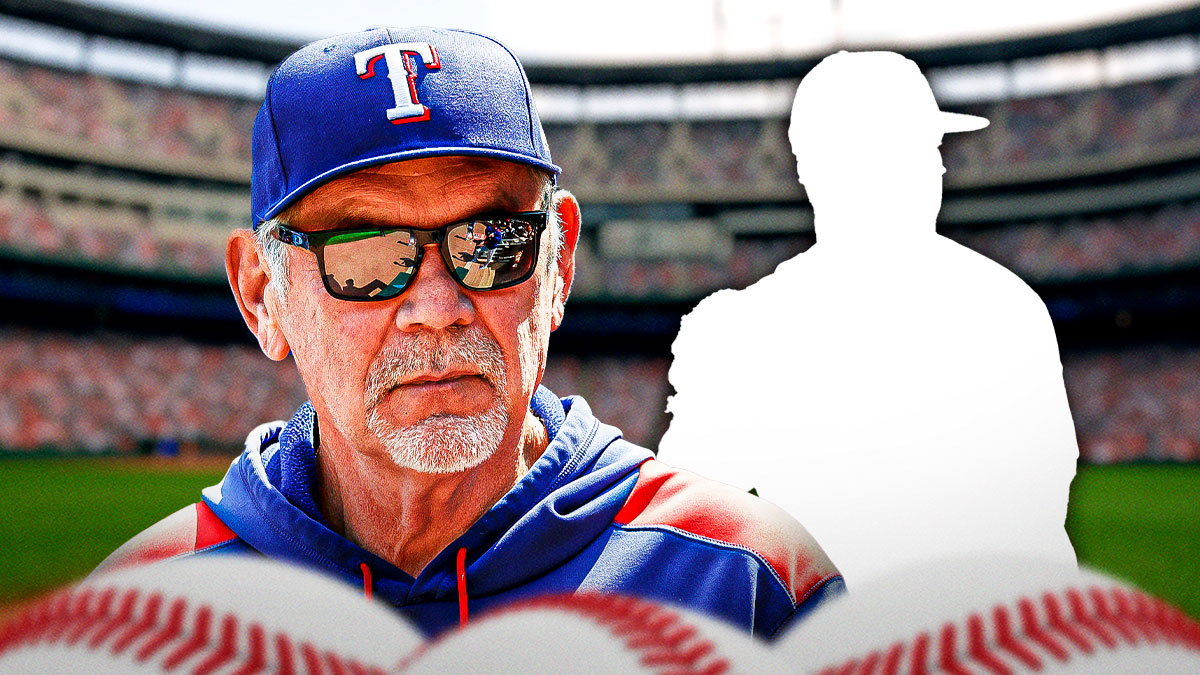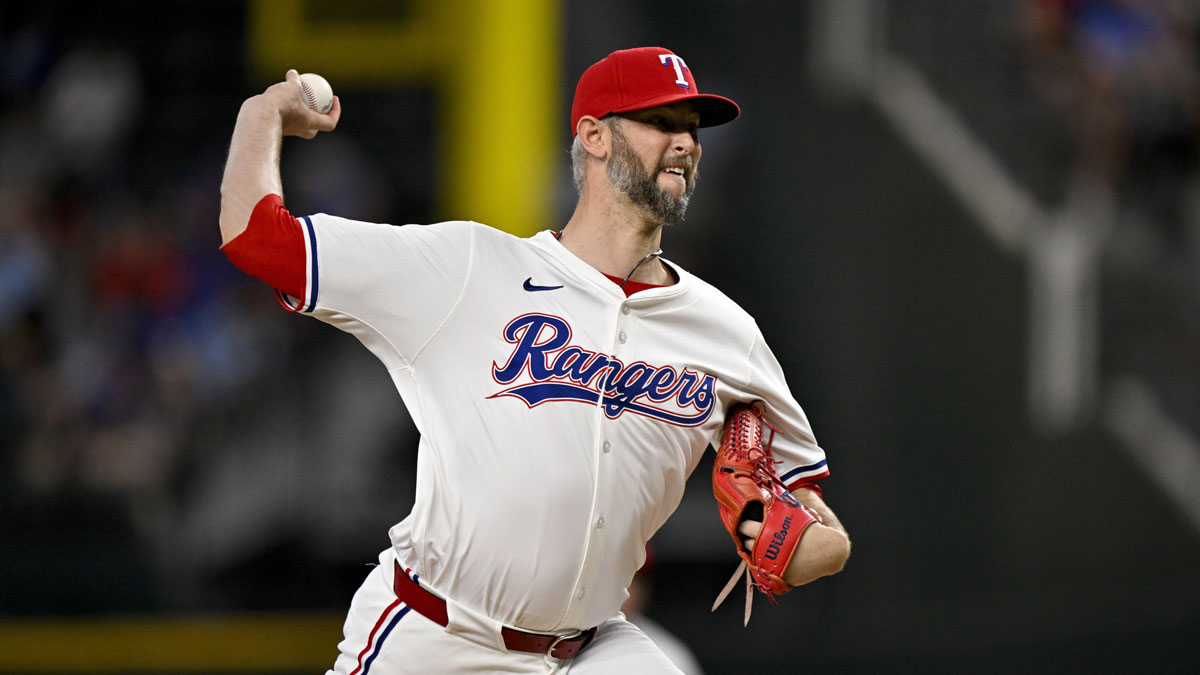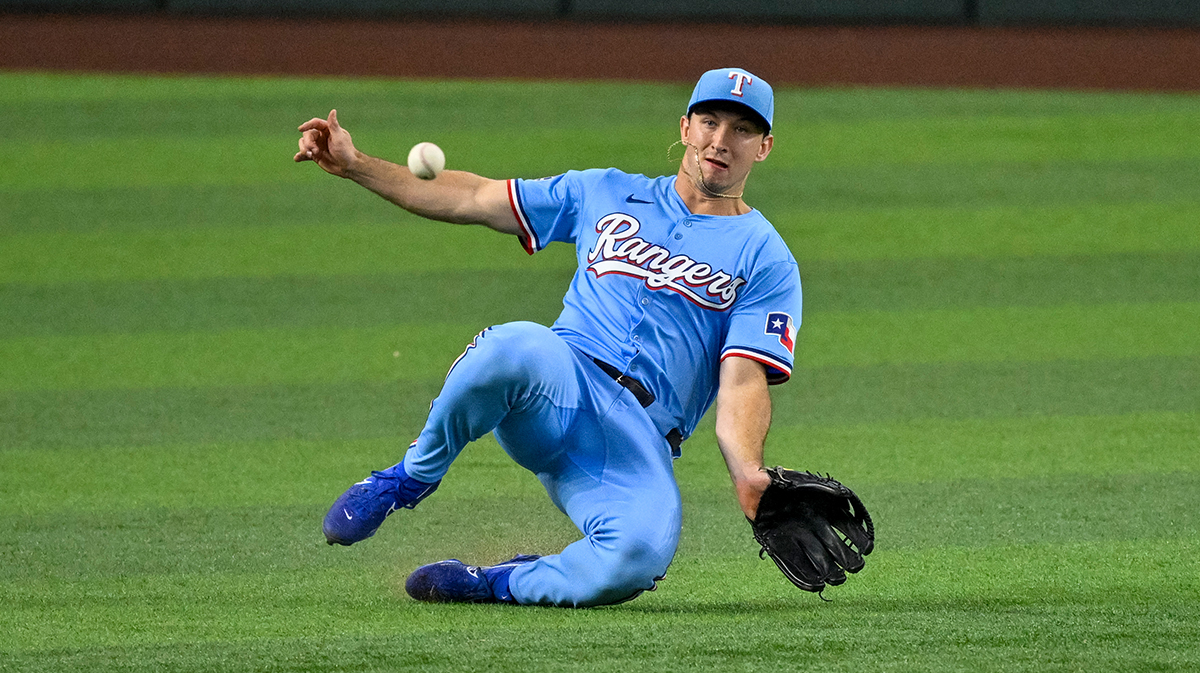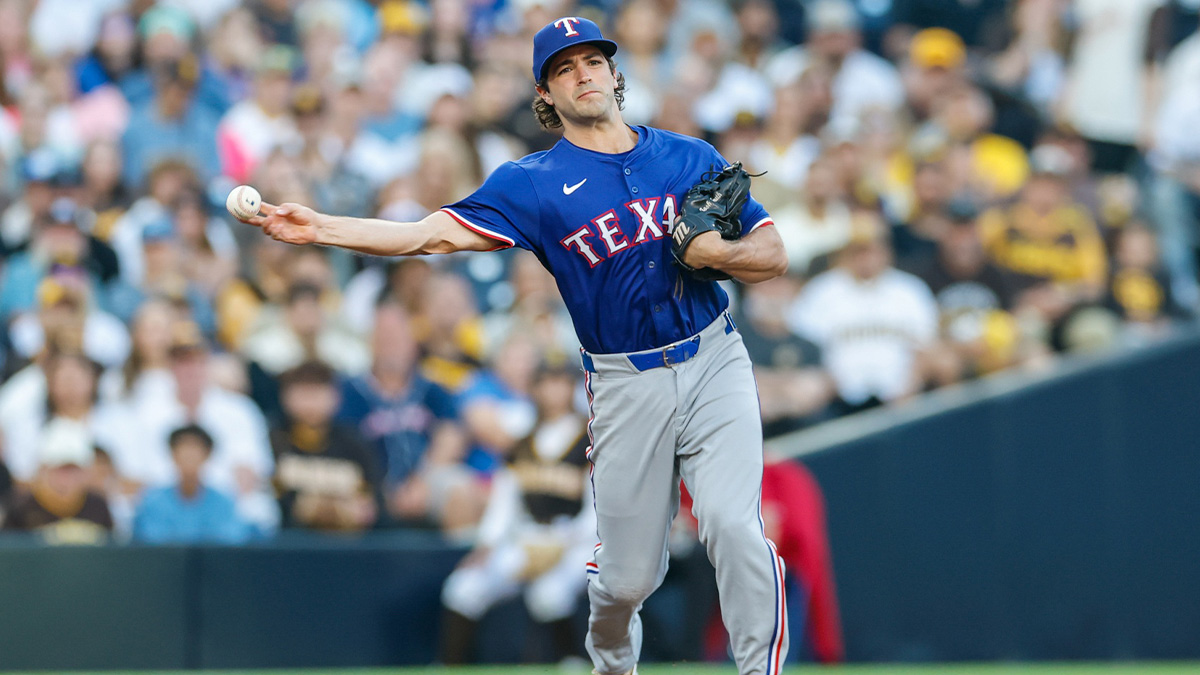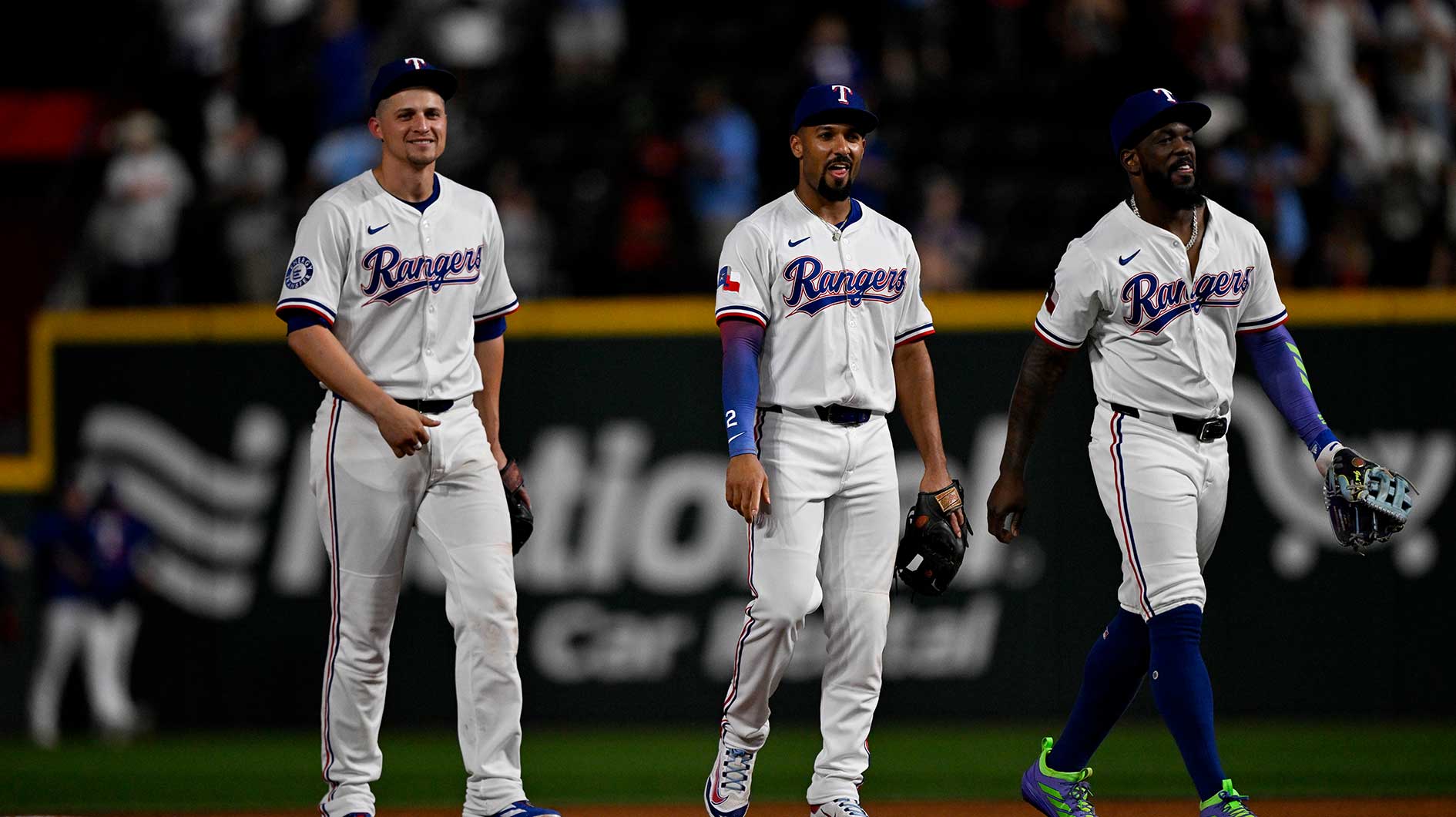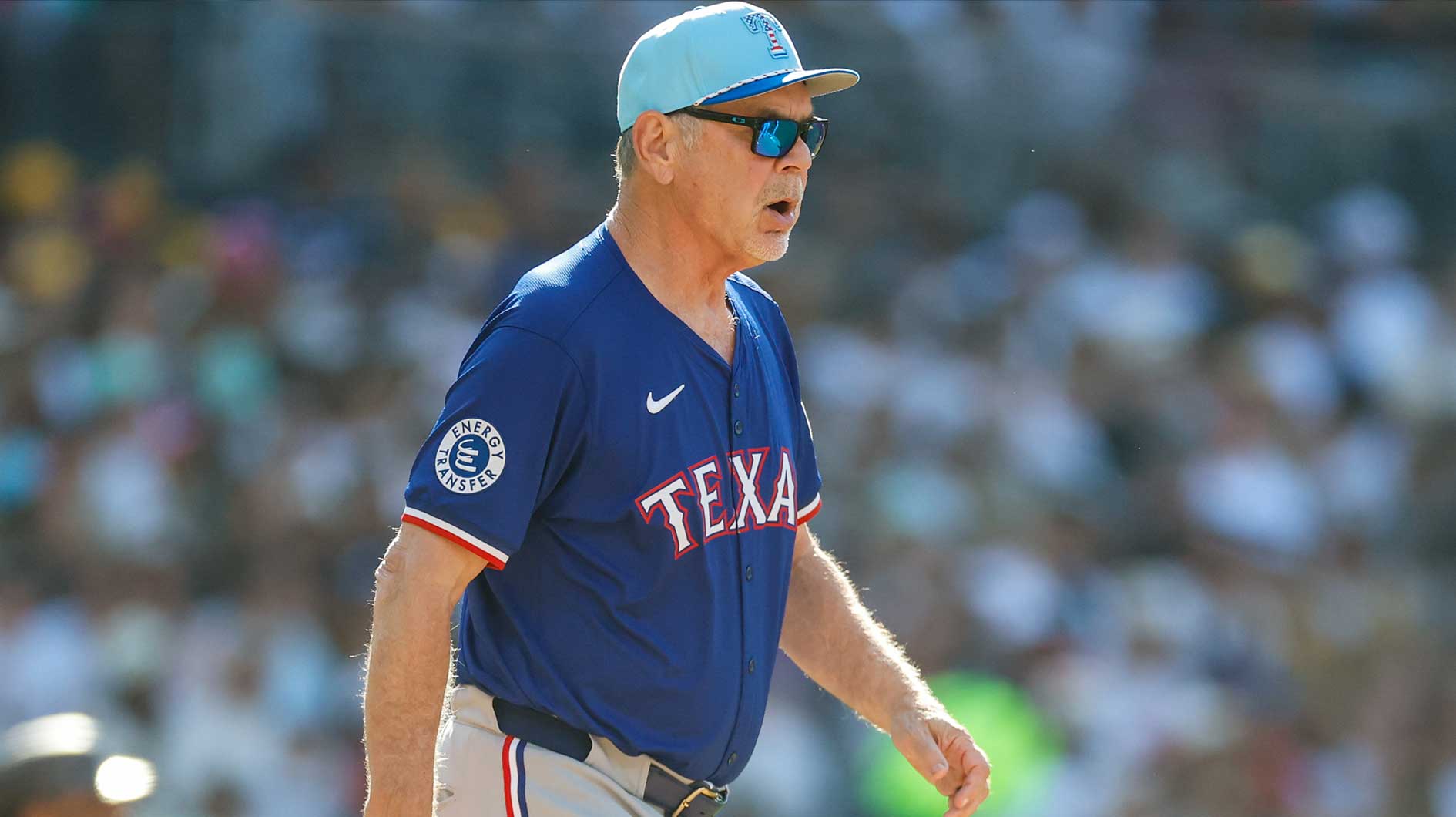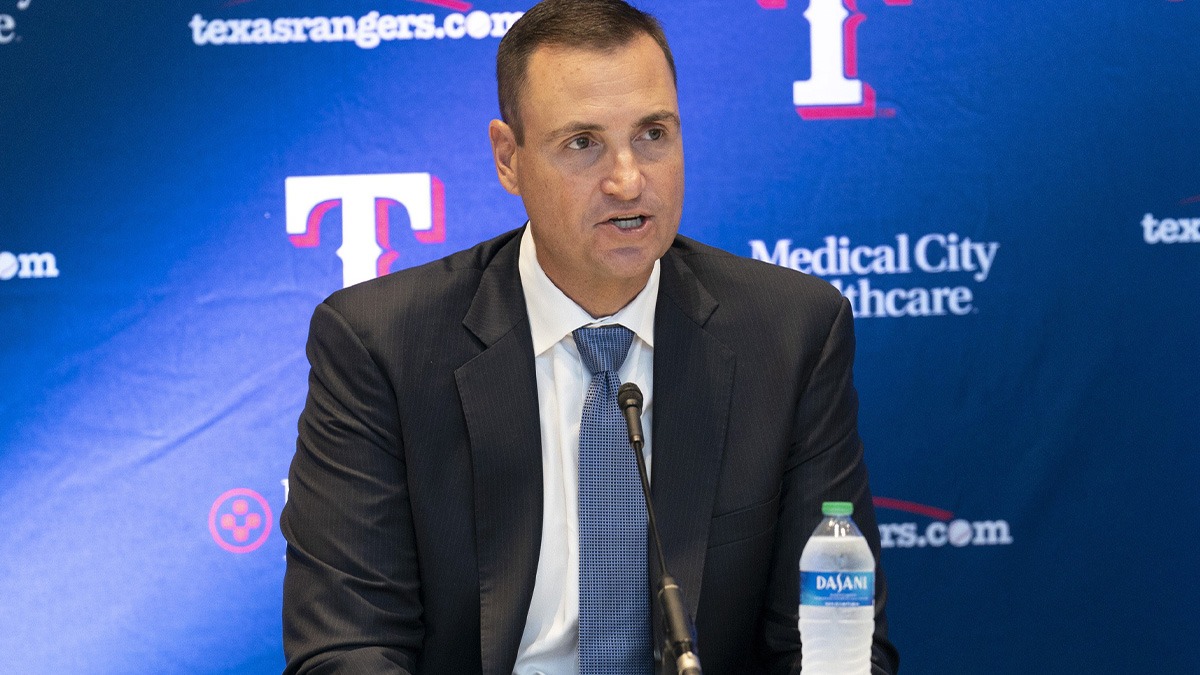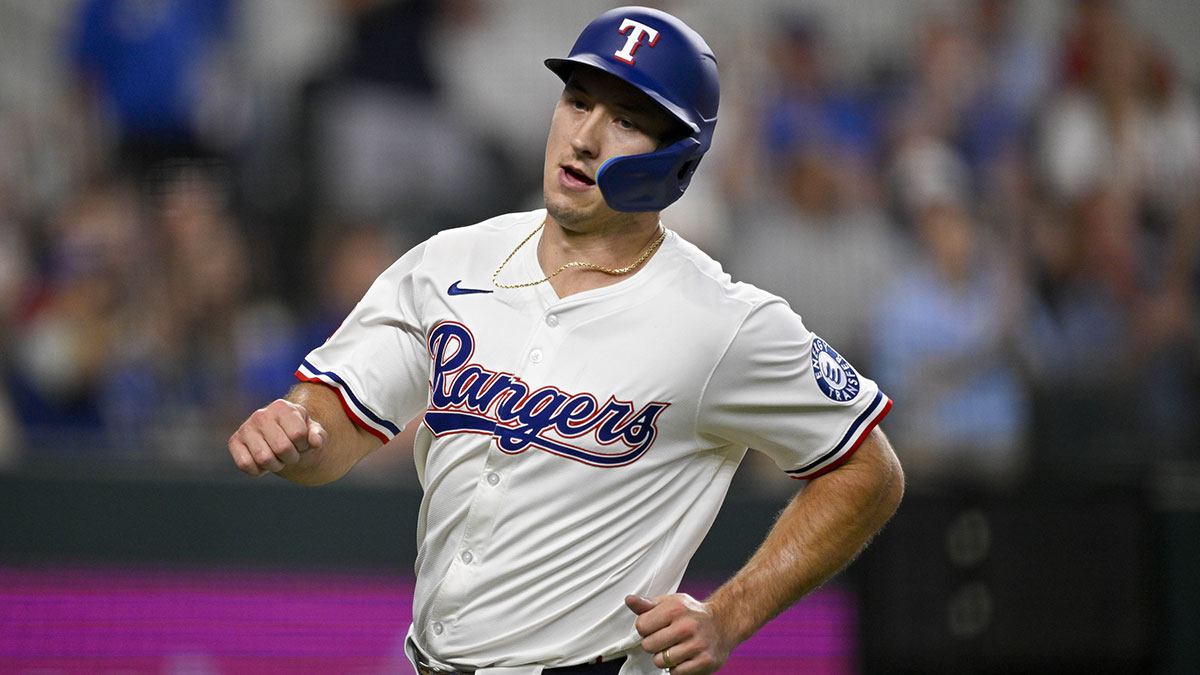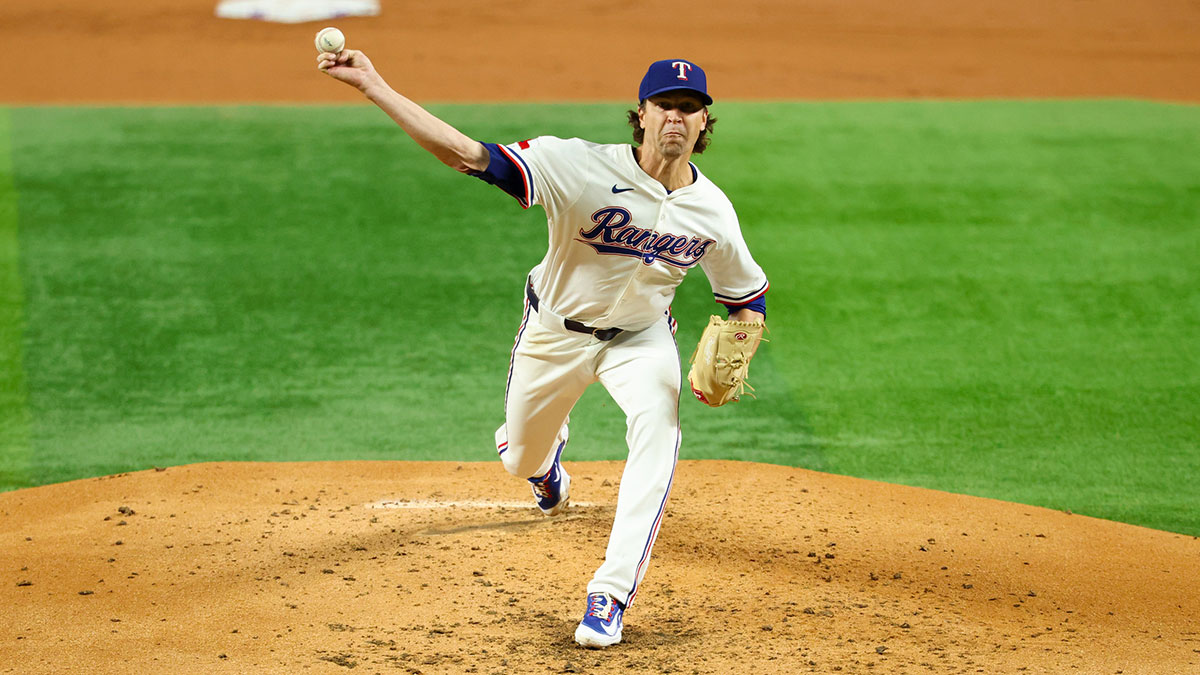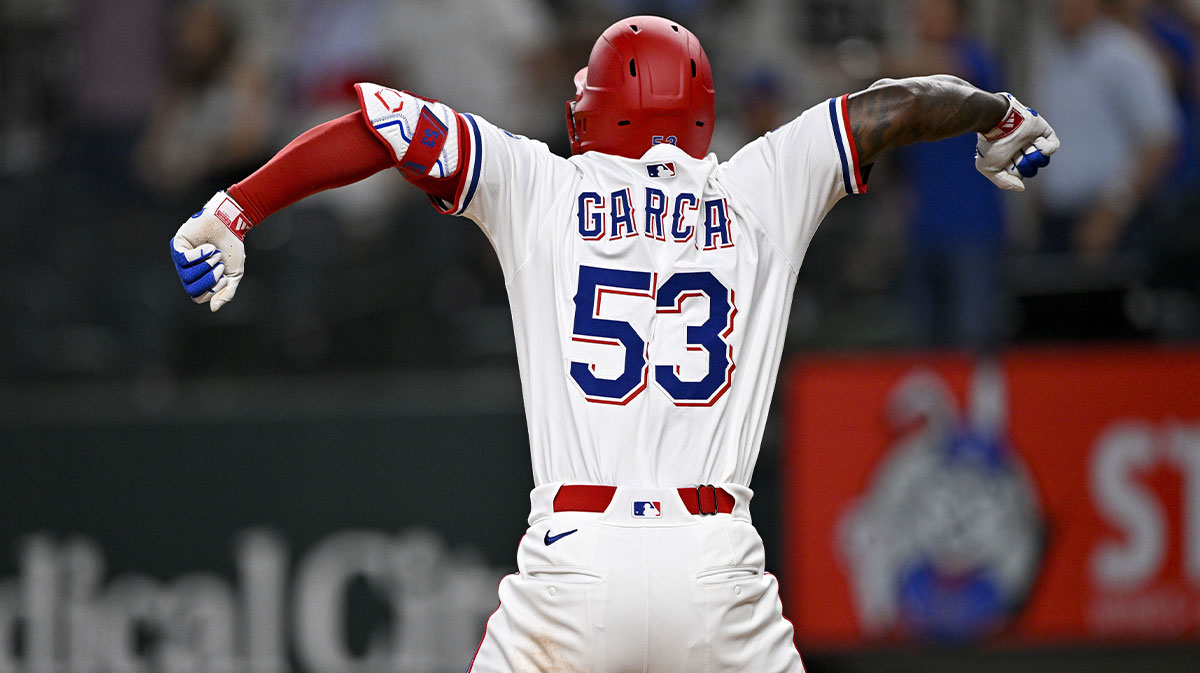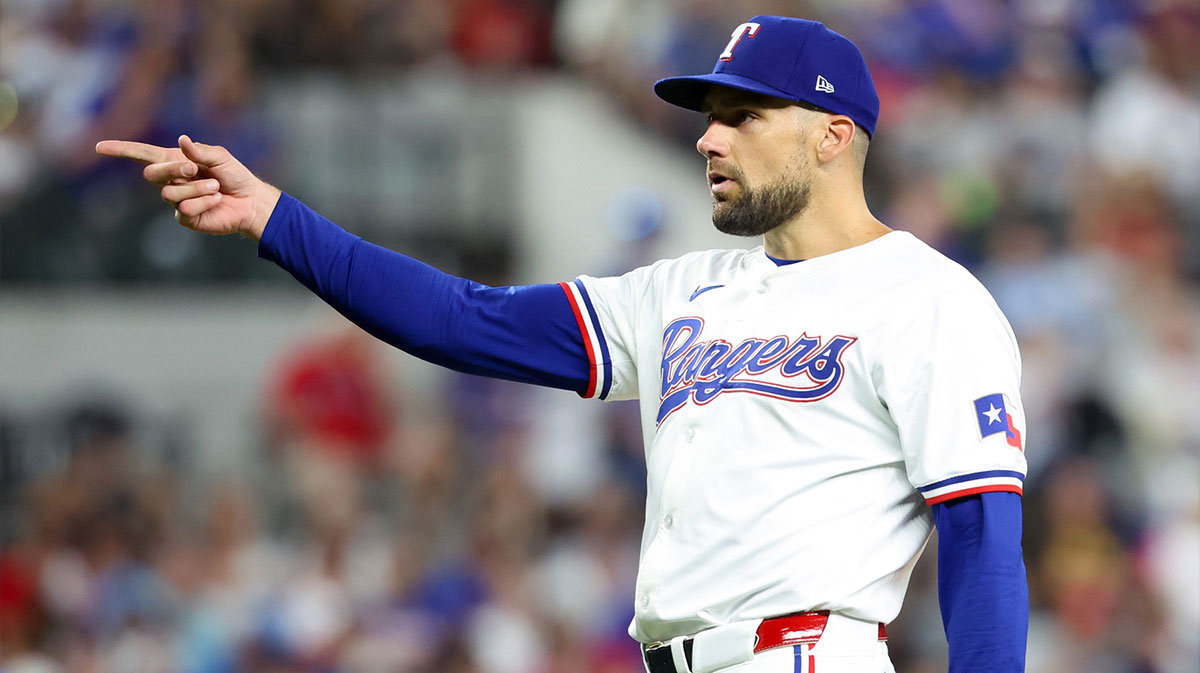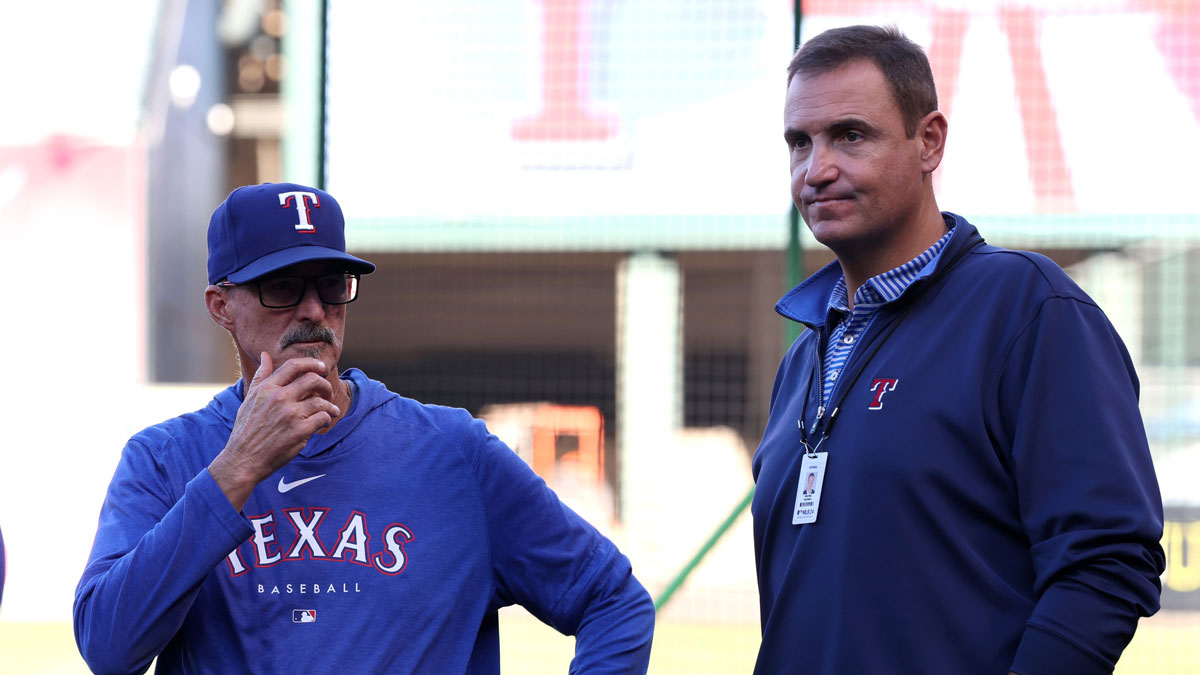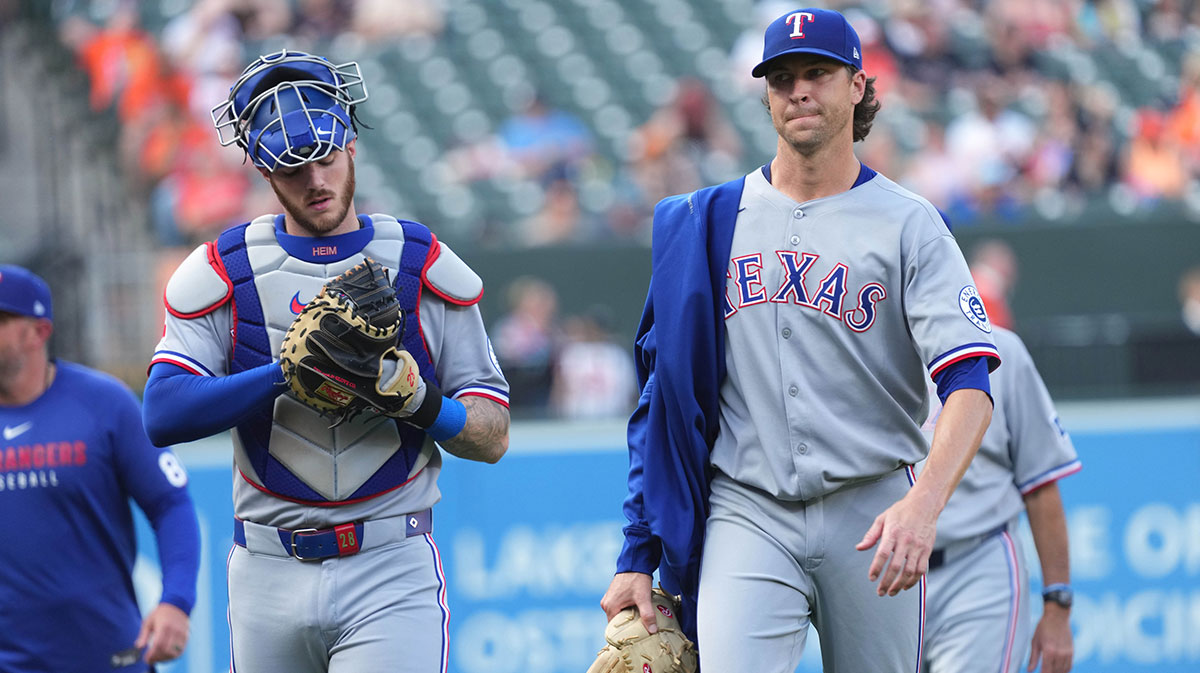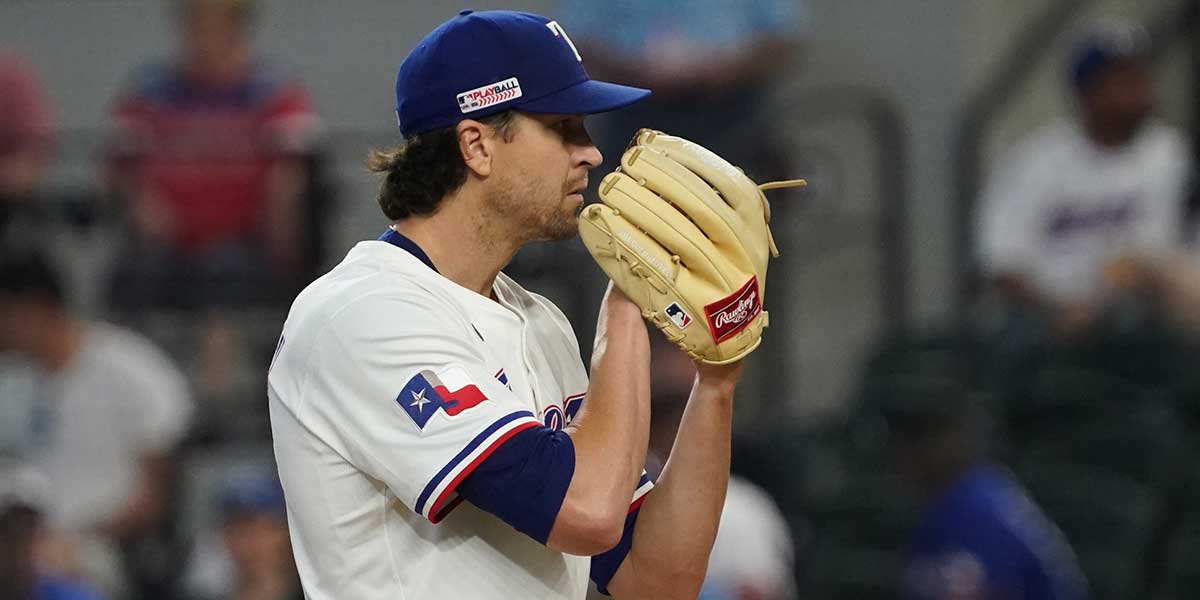The Texas Rangers are not going to be contenders in the American League West division by the time October rolls around. Their starting rotation is among the worst in all of baseball, and their bullpen is not much better as even lights-out closer Jose Leclerc lost the role early in the season.
Still, the Rangers are one of the more intriguing teams in baseball for one reason: Joey Gallo. The man who has become known for being the first player in MLB history to reach 100 home runs with more homers than singles is also starting to become known as a more well-rounded hitter, a terrifying prospect for opposing pitchers.
From mammoth home runs and colossal feats of strength to a surprising level of competence and athleticism in the outfield, Gallo has ascended to new heights this season, and his presence on the Rangers makes Texas baseball must-see TV.
Time to examine the curious case of Joey Gallo:
1. Negating the strikeout “problem”
Gallo has always been one of the likeliest strikeout candidates in the league. He routinely strikes out in over a third of his plate appearances. And while that has not changed this season, Gallo is crushing every baseball that he makes contact with.
His leads the league in terms of isolated power (ISO: slugging minus batting average) with an absurd .395 clip, as of May 22, and that includes a .293 batting average that is by far the highest of his career.
Whereas most of the rest of the league has become obsessed with launch angle, Gallo has had more success in flattening out his swing. According to MLB Statcast, his average launch angle this season is 19.7 degrees, the lowest since he debuted in 2015.
Yet the results are telling. Gallo is barreling up nearly 30 percent of all pitches he comes into contact with and his line drive rate is up 12 percent from last season, according to FanGraphs. Additionally, he leads all players (with at least 50 “events”) in terms of average exit velocity. And, as if all that were not nearly enough, Gallo makes hard contact over 60 percent of the time.
Because of the danger Gallo now poses whenever he grooves one, he is seeing fewer pitches to hit early in counts. Opposing pitchers are throwing first-pitch strikes less than half of the time Gallo strides up to the plate. They are in further danger getting behind in the count, because of his chase rate is down over eight percent and his swing percentage as a whole down eight percent as well.
So, sure, Gallo may still take his lumps with some strikeouts, but his walk rate is close to 20 percent and his swinging strike percentage as a whole is down. And as we have established, when he hits them…they go far.
2. Crushing fastballs/improvements against breakers
Last season, Gallo hit just .255 against hard stuff. As of May 22, his average is up over 100 points against the fastball while his slugging is at an astronomical .842, according to MLB Statcast.
This is a massive adjustment for any hitter, but particularly a prolific slugger like Gallo. Especially considering that he is seeing fastballs nearly 60 percent of the time while also cutting his chase rate way down, he becomes an absolute nightmare for any pitcher to deal with if they refuse to attack in the zone immediately.
But that concept alone is also scary because of the damage Gallo can do on the first pitch, where he has hit four of his homers and is slugging 1.750. Yet when pitchers fall behind, Gallo is hitting .318 with a 1.294 OPS, so what is the best way to go after him?
The other challenge stems from Gallo's significant improvement in handling breaking balls. Prior to this year, he had never hit above .187 against breaking pitches. This season, that number has risen to .255, with a .596 slugging percentage.
Gallo still struggles immensely against off-speed pitches, but how many pitchers have a reliable, plus changeup that they can constantly fool hitters with and throw for strikes? Not very many.
3. More than just a DH?
When you think of a 6'5,” 235-pound baseball player, you probably are not thinking that someone with that frame would be a stout defensive outfielder. Especially in the American League, where the Designated Hitter would seem to solve that kind of problem.
And yet, Gallo has actually been one of the better defensive outfielders in baseball. As of May 22, he had already registered five Defensive Runs Saved, and his UZR/150 was 11.2.
He is surprisingly quick for a man of his size and stature, and having played over 150 innings in center field this year, his range has improved tremendously.
This has, in turn, had a snowball effect on the rest of the Rangers lineup, because Shin-Soo Choo and Hunter Pence can alternate at the DH spot and focus more at their approach at the plate while also lessening their risk of injury.
And given how both Choo and Pence have started the year, Gallo's defensive proficiency adds value from a positional standpoint, as much as anything else.
4. A Star is Born
It probably feels like Joey Gallo has been in the league forever. He was breaking the strangest records– such as not having recorded a sacrifice fly until the 1,337th plate appearance of his career–while still clubbing 40 homers and filling highlight-reels.
And yet, Gallo is just 25 years old. After multile years of purportedly being a one-dimensional player, Gallo is showcasing why he may be rounding into one of the very best two-way players in the game.
Baseball is all about mental growth, and when you have the physical prominence of a Joey Gallo, that mental growth can result in the league's latest superstar.


